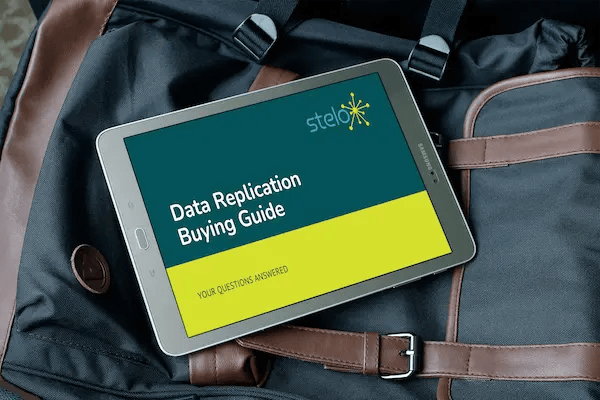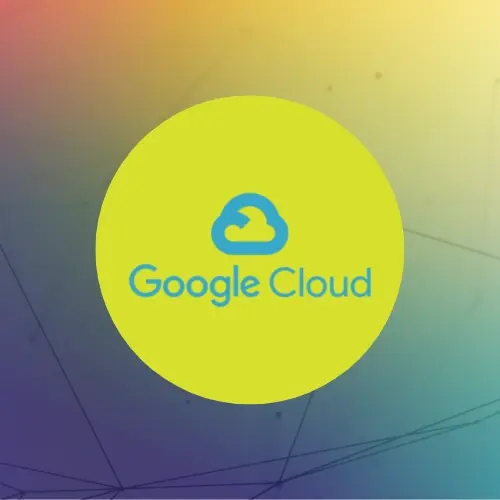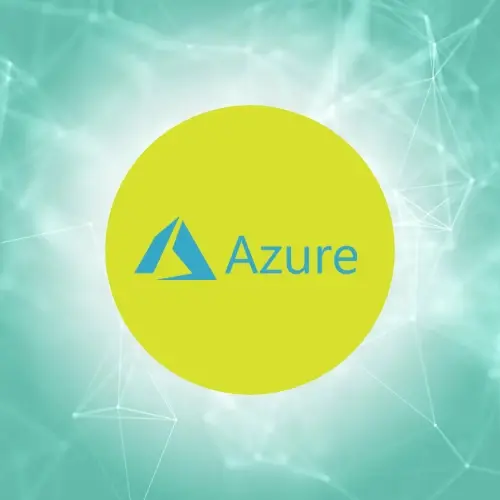Frequently Asked Questions
Answers to the questions we hear most from prospects and customers alike.
Questions About Stelo's Capabilities
Real-time CDC enables business insights by ensuring data changes are accurately captured and delivered across connected databases. It's essential for offloading operations, reducing source system load, and maintaining data consistency for analytics and decision-making.
Data mirroring copies data between databases for consistency and availability, typically used for warehousing and reporting. Data streaming continuously transfers data in real-time for analytics, monitoring, and AI applications.
Key advantages include real-time processing and insights, high-volume scalability, flexible integration with multiple systems, and lower latency for time-sensitive applications.
Stelo supports 30+ data sources including enterprise databases (IBM Db2, SQL Server, Oracle, MySQL, PostgreSQL), cloud platforms (AWS RDS/Redshift/Aurora, Azure SQL/Synapse, Google Cloud SQL), streaming platforms (Apache Kafka, Confluent), and modern analytics platforms (Databricks, Snowflake, BigQuery). See our Technologies page for a more complete list.
The short answer is yes. Stelo takes full advantage of open standards to maximize compatibility and interoperability within a data ecosystem, supporting more than thirty source databases and NoSQL environments.
Data warehouse provides limited-volume structured data for analytics/BI; Data lake handles large-volume structured/unstructured data for ML/AI; Data Lakehouse combines both benefits; Delta lake is an open-source storage layer that adds governance to data lakes.
Data Replication Buying Guide
Choosing the right data replication vendor is a decision that IT professionals cannot afford to get wrong. If you pick the wrong solution, then you can expect nightmarish production downtimes, ballooning costs, and time-consuming rebuilds. Read our guide to quickly differentiate which vendors will offer value over time and which ones will create headaches time and time again. We address key considerations regarding total cost of ownership, product features and performance, and support, including essential questions such as:
- Where does the processing happen?
- Can I customize what I replicate?
- What happens if connectivity is lost?

Questions About Stelo's Features + Performance
Yes. Stelo offers vertical and horizontal partitioning, table replacement or row-by-row merging, derived columns, and data transformations including date conversions, views, indexes, and constraints.
Yes. Choose specific tables, rows, and columns with vertical/horizontal partitioning. Supports table replacement, row-by-row merging, derived columns, and data transformations while maintaining enterprise security integration.
Stelo is responsive to database schema changes without disrupting production systems. Alter, Add and Drop schema changes are replicated automatically, with notifications for other DDL changes.
Unlike trigger-based replication software, Stelo has near-zero impact on production databases. It's deployed on an intermediate server, resulting in virtually no resource drain on production infrastructure.
Stelo can handle large-scale data replication with sub-second latency. A single instance supports multiple sources and destinations without additional licensing, with pricing independent of core count.
Stelo delivers near real-time (under 1 second) replication using multithreaded processing and custom technology that minimizes WAN connection overhead.
Stelo provides comprehensive monitoring through its browser-based GUI with real-time replication status, configurable alerting, built-in dashboards, and integration with Azure Monitor and third-party solutions.
Yes, Stelo uses standard IBM i commands and APIs, working with HA products like Vision Solutions MIMIX, IBM DataMirror, IBM Infosphere CDC, Trader's QUICK-EDD, and MaxAVA HA.
Yes, Stelo's Kafka interface communicates with cloud-based streaming services including Azure Event Hubs for Kafka, Oracle Cloud Infrastructure Streaming, Amazon Managed Streaming for Apache Kafka, and IBM Event Streams.
No. Stelo accesses host data through the ODBC interface, automatically communicating data type and attribute information to the target database along with actual data.
Support Features
Accessible Support
Quick support is available for training, troubleshooting, version updates, and data replication architecture. 24/7 Urgent Incident Support is included in annual subscriptions.
Highly Experienced Team
Stelo’s technologists have over 30 years of experience in developing reliable data software. Whether you need basic support or have a tricky technical challenge, we can work with you to solve any problem.
End-to-End Proficiency
Our team has detailed knowledge of every data platform we support and can troubleshoot end-to-end replication pairing in heterogeneous environments to ensure the pairings are working properly.
Constant Evolution
Unlike some other solutions, Stelo won't go out of date. New source and target types are continuously added through active updates to stay compatible with emerging market requirements.
Questions About Stelo's Deployment + Support
No. Stelo offers simple installation and GUI-based replication with a user-friendly, browser-based interface that doesn't require programming background.
Some replication solutions require dedicated engineers, but good replication software doesn't need a babysitter. Stelo operates reliably in the background without dedicated engineering support.
Stelo features automated deployment with typical deployments complete in hours, not days. Quality replication solutions deploy within 24 hours with minimal configuration.
Typical deployment is complete in hours, not days. Quality replication solutions deploy in under 24 hours with minimal configuration.
No need to re-baseline after connectivity failures. Stelo checkpoints replication and automatically restores when connectivity returns, requiring no user intervention.
Yes. Linux deployment offers significant cost savings and scaling advantages, with container deployment delivering Stelo as an appliance in about five minutes.
Yes. Stelo's deployment models maximize performance without sacrificing flexibility, whether entirely in cloud or between on-prem and cloud databases.
Yes, Stelo has automatic methods to build data warehouses, handling the heavy lifting whether for migration to cloud or ongoing replication.
We recommend letting Stelo create destination tables to ensure proper change data mapping and support for synthetic RRN columns when needed.
When working with PostgreSQL, Stelo doesn't create new users but uses existing userIDs with appropriate permissions for replication operations.
All Stelo plans include standard support. Access support here, with 90% of support tickets resolved in one business day.
The Latest from Our Blog

Move Data to BigQuery Faster with Stelo, Now on Google Cloud Marketplace

Now Available on Azure Marketplace: Deploy Stelo in Minutes

Introducing Stelo v6.51: Simplifying Data Pipelines with a Modern Web-Based Interface

Stelo Achieves BigQuery Designation, Unlocking Legacy Data for Enterprise Cloud Analytics
Get Started
These three steps will help you ensure Stelo works for your needs, then seamlessly deploy your solution
Schedule a Demo
Our expert consultants will guide you through the functionality of Stelo, using your intended data stores.
Get a Free Trial
Test the full capability of the software in your own environment for 15 days. No obligations.
Go Live
When you're ready, we can deploy your Stelo instance in under 24 hours with no disruptions to your operations.


